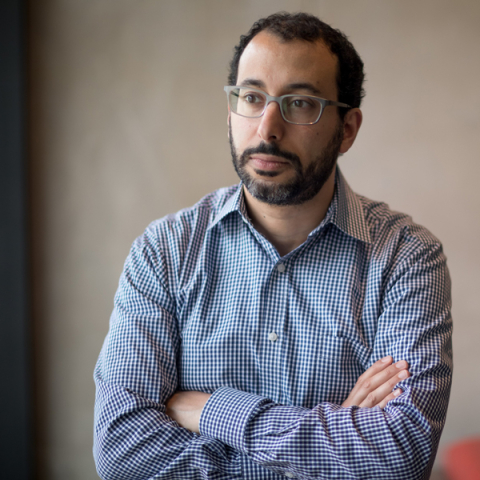
Mathematical methods to quantify uncertainties in computer models are the focus of Youssef Marzouk’s research, funded by his 2010 Early Career Award.
Physics experiment with ultrafast laser pulses produces a previously unseen phase of matter.
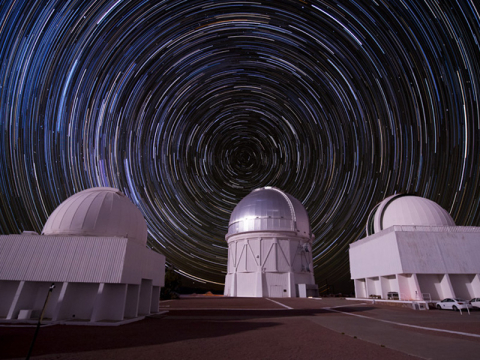
Scientists recognized by the 2019 DOE Office of Science Distinguished Scientists Fellows Award are pursuing answers to science’s biggest questions.
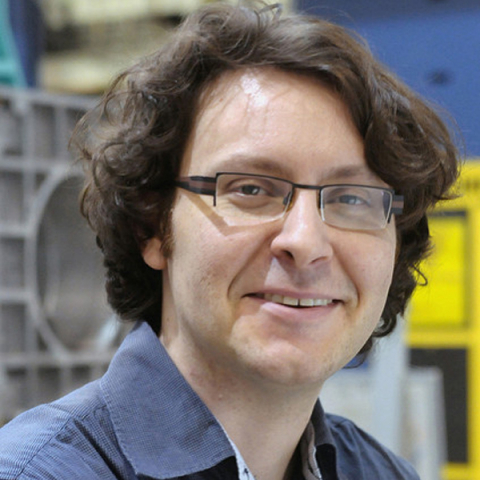
Miceli and his team has a developed a new class of quantum detectors which will greatly expand the accessibility of X-ray spectroscopy.
It reveals an abrupt transition in cuprates where particles give up their individuality. The results flip a popular theory on its head.
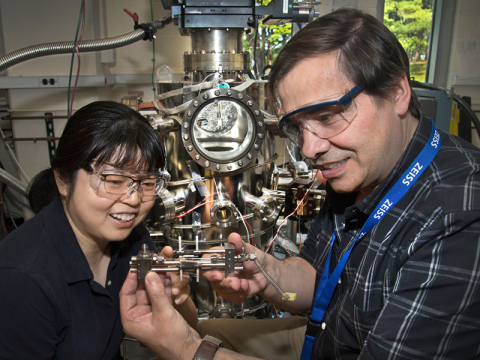
Scientists recognized by the 2019 DOE Office of Science Distinguished Scientists Fellows Award are pursuing answers to science’s biggest questions.
The 2019 DOE Office of Science Distinguished Scientists Fellows Awards recognized some of the most outstanding researchers supported by DOE.
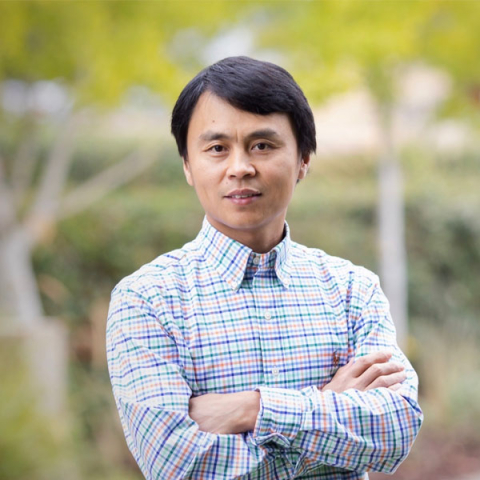
At SLAC, Yuantao Ding has developed new techniques to capture snapshot images of nature’s fastest phenomena on the smallest scale.
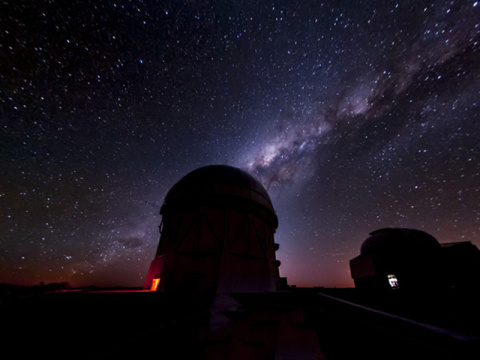
Dark energy is causing the universe to expand ever faster; scientists are working to understand this mysterious phenomenon.
Simple photochemical method takes advantage of quantum mechanics.

